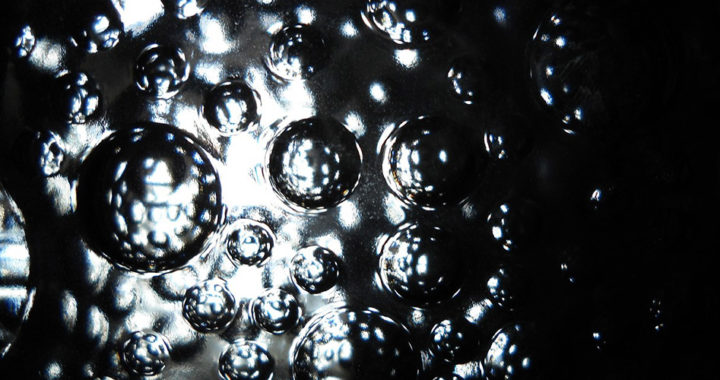Absorption vs Adsorption: What is the Difference?
The Basics of Absorption
Absorption is a physical and chemical phenomenon in which or atoms, molecules, or ions enter or get trapped in a solid or liquid material. Unlike adsorption, the atoms, molecules, or ions are taken up by the volume and not by the surface.
There are two types of absorption: chemical or reactive and physical or nonreactive. The former results from a chemical reaction between the absorbed and the absorbing material. Take note that some of these chemical reactions include physical absorption.
On the other hand, physical absorption is a nonreactive type that includes hydrophilic solids that can readily absorb liquid, such as in the case of a cloth soaked in water, and a process called moisture regain in which a material naturally regains water, such as in the case of plant fibers.
The Basics of Adsorption
Adsorption involves atoms, molecules, or ions binding to the surface of another compound due to either a physical or chemical mechanism. Hence, instead of entering inside the compound or getting absorbed, they attach or adhere to the surface.
There are two types of adsorption: physisorption and chemisorption. The fundamental force behind physisorption is the Van der Waals force, which is a weak and short-range electrostatic attractive force between uncharged molecules. The property of activated carbon exemplifies physisorption.
Meanwhile, chemisorption involves a chemical reaction between a surface or adsorbent and the adsorbate that result in covalent bonding. Thus, new chemical bonds are created at the surface of the adsorbent. Corrosion is a prime example of chemisorption.
Summary: The Difference Between Absorption and Adsorption
The difference between absorption and adsorption is straightforward. Absorption is the incorporation of a material or substance in one state into another material or substance of a different state. Adsorption is the physical adherence of molecules or ions onto the surface of another compound. Both phenomena, along with ion exchange, fall under the general process called sorption.





